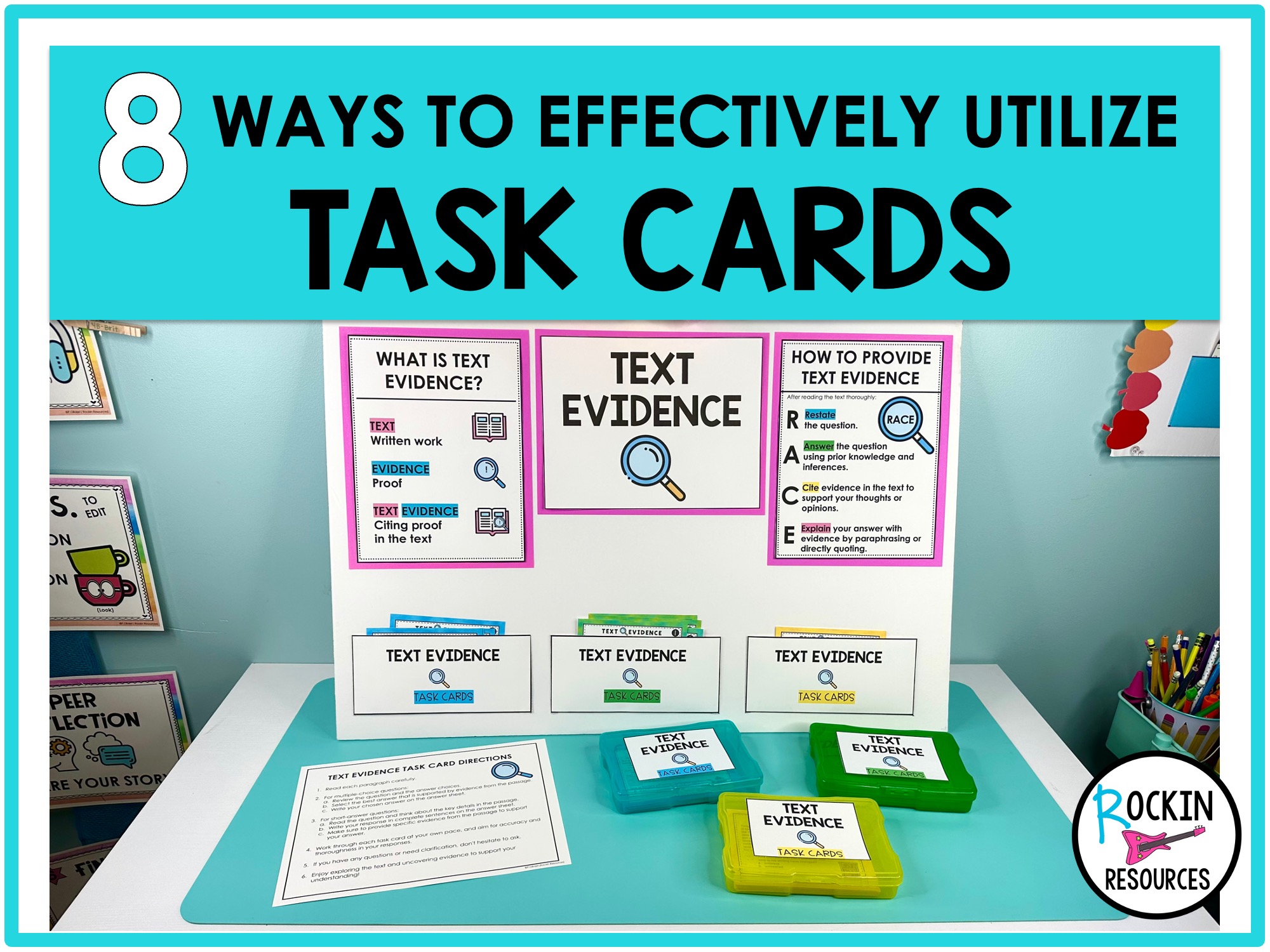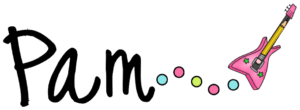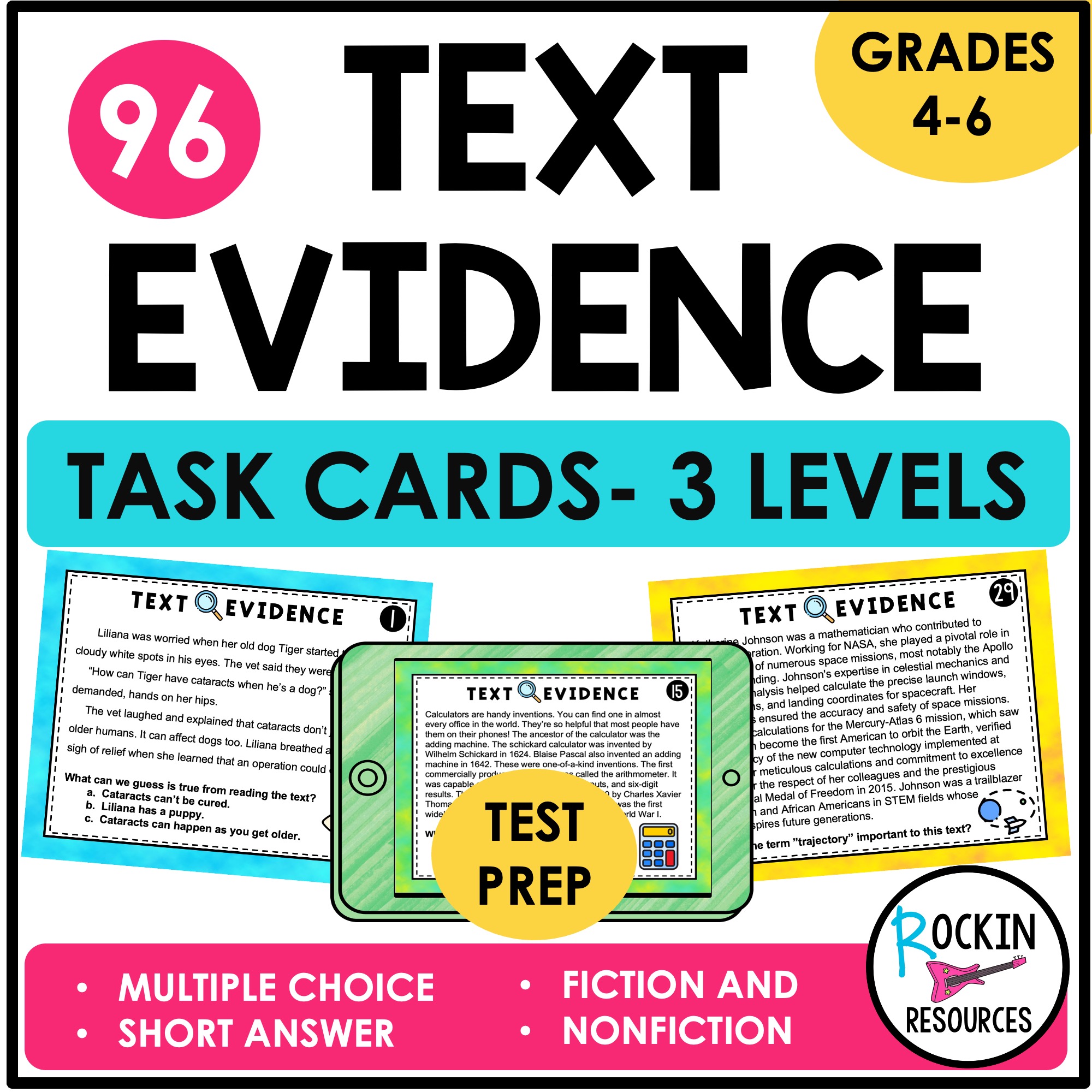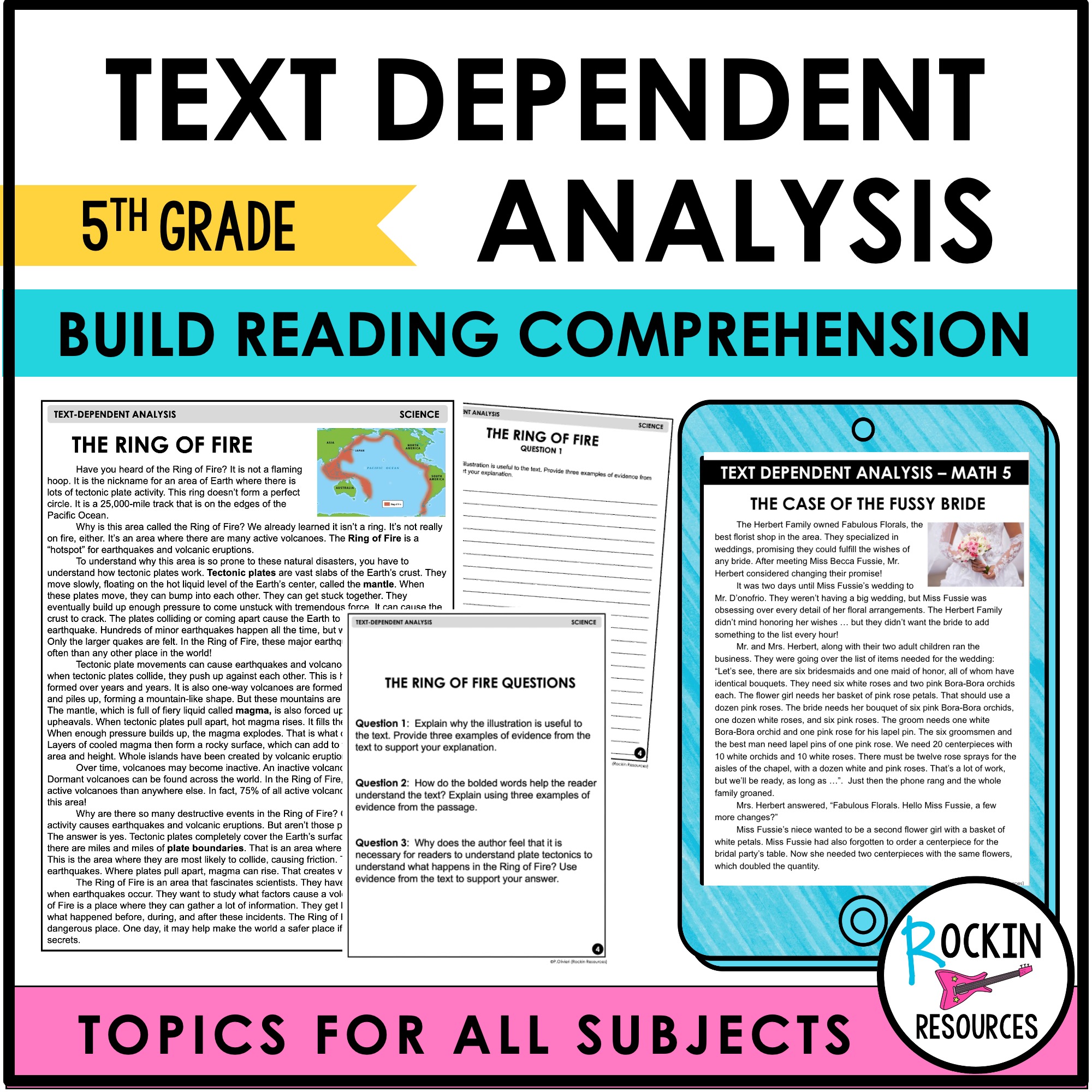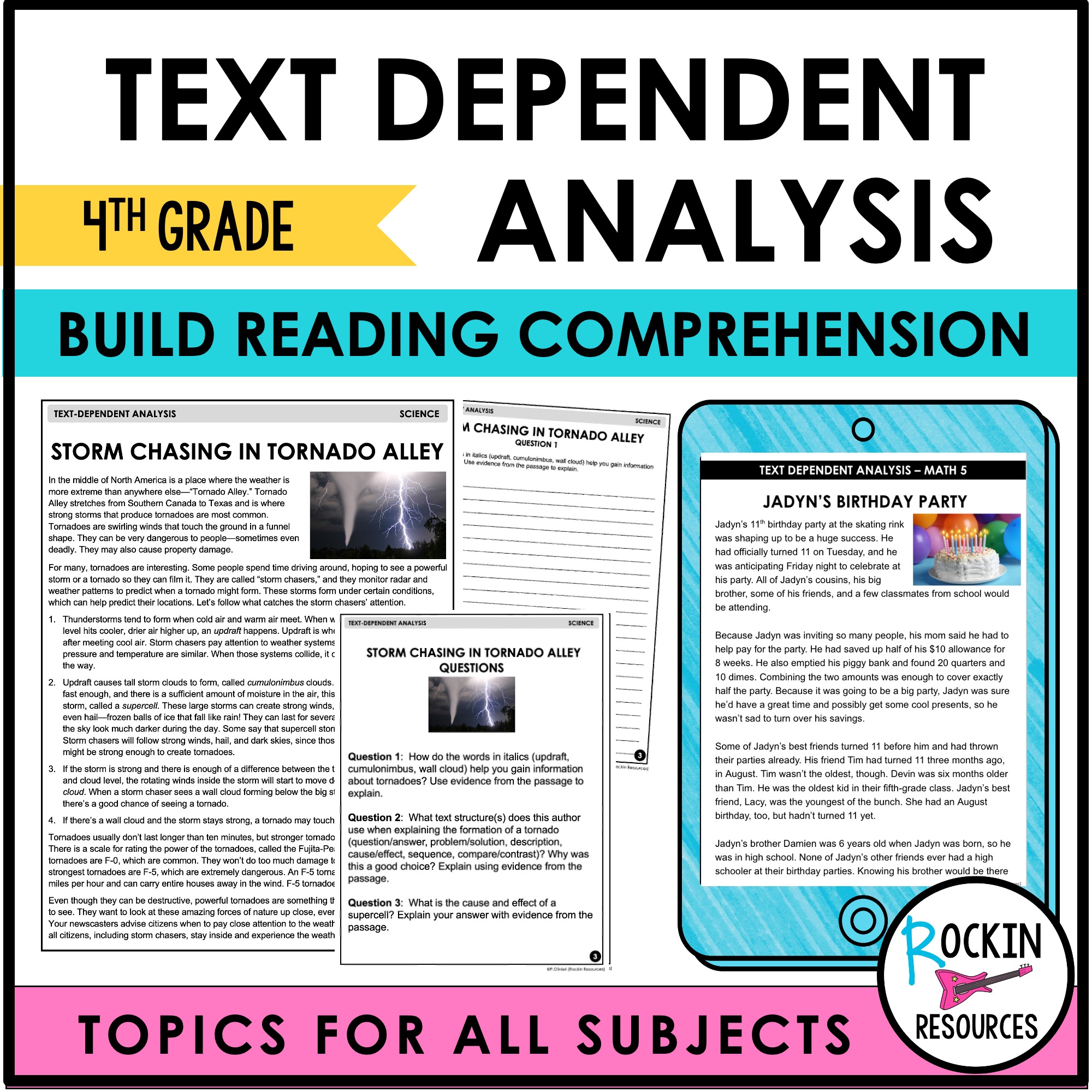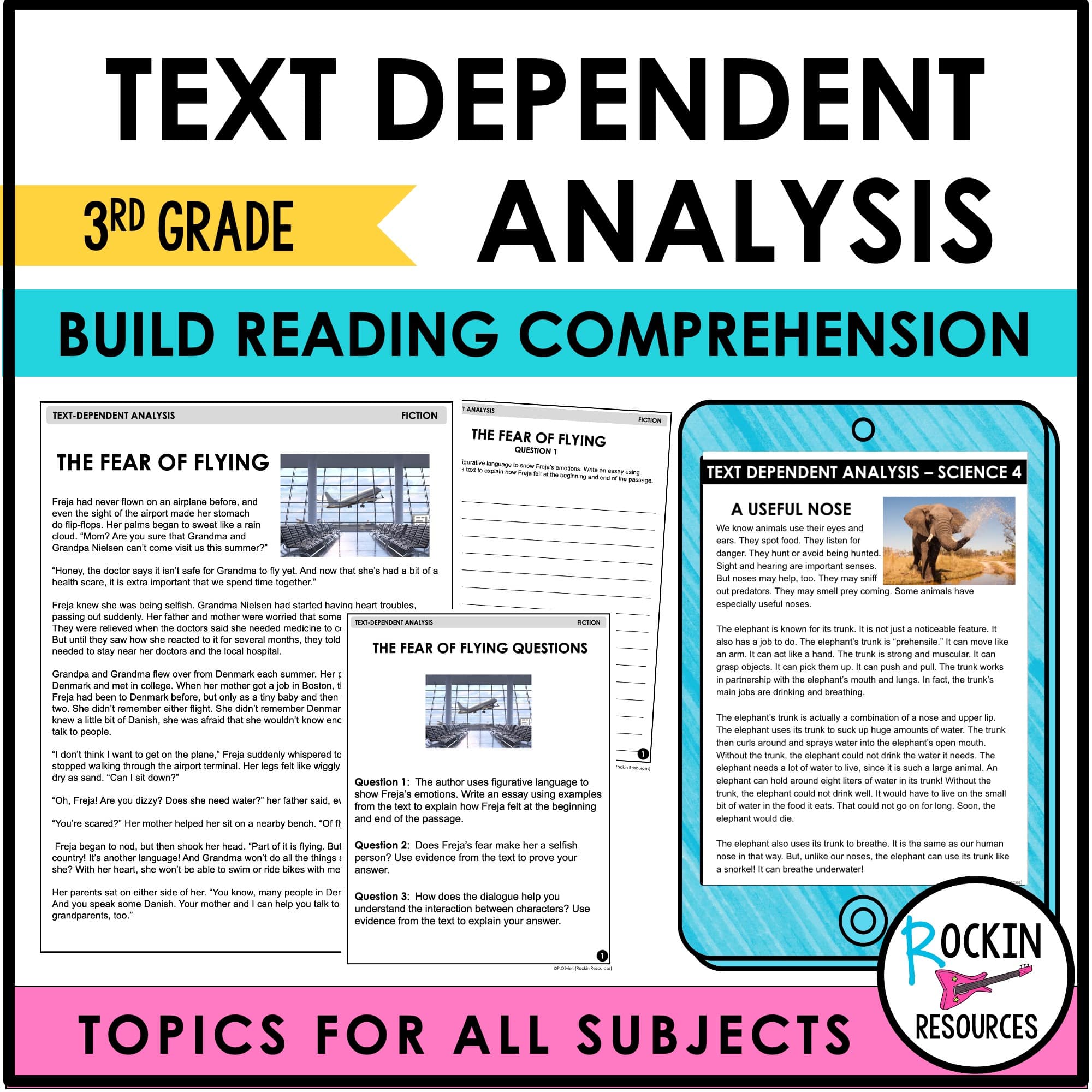USING TASK CARDS
Task cards are versatile tools that can be used in various ways to enhance learning in the classroom. Here’s how you can effectively use task cards:
1. Skill Practice: Use task cards to allow students to practice specific skills or concepts. Each card can contain a question, problem, or activity related to the studied topic.
2. Centers or Stations: Set up task card stations around the classroom where students can rotate and complete different tasks independently or in small groups. Each station can focus on a different skill or concept.
3. Review Games: Incorporate task cards into review games to make learning fun and engaging. For example, you can use them for games like Scoot, where students move around the room to answer questions on each card.
4. Differentiation: Task cards can differentiate instruction by providing different levels of challenge or by targeting specific learning needs. You can create sets of task cards with varying difficulty levels or customize them to meet individual student needs.
5. Assessment: Use task cards as a form of assessment to check for understanding or to review material before a test or quiz. Students can work through the cards independently, and you can use their responses to gauge their comprehension.
6. Interactive Notebooks: Task cards can be incorporated into interactive notebooks as part of interactive activities or as prompts for reflection and response.
7. Homework or Independent Practice: Assign task cards as homework or independent practice activities for students to complete outside of class. You can provide answer keys or self-checking mechanisms for students to monitor their progress.
8. Small Group Instruction: Use task cards during small group instruction to reinforce concepts, provide additional practice, or facilitate discussions among students.
Overall, task cards are a flexible and effective instructional tool that can be tailored to meet the specific needs of your students and the learning objectives of your lessons!
Keep Rockin,
SEE SIMILAR BLOGS:
DISCOVER RELATED RESOURCES:
-
TEXT DEPENDENT ANALYSIS 5TH GRADE AND TEXT EVIDENCE UNIT BUNDLE
Original price was: $15.98.$12.99Current price is: $12.99. -
TEXT DEPENDENT ANALYSIS 4TH GRADE AND TEXT EVIDENCE UNIT BUNDLE
Original price was: $15.98.$12.99Current price is: $12.99. -
TEXT DEPENDENT ANALYSIS 3RD GRADE AND TEXT EVIDENCE UNIT BUNDLE
Original price was: $15.98.$12.99Current price is: $12.99. -
5th Grade Text Dependent Analysis (TDA) Text Evidence Writing
Original price was: $5.99.$3.60Current price is: $3.60. -
4th Grade Text Dependent Analysis (TDA) Text Evidence Writing
Original price was: $5.99.$3.60Current price is: $3.60. -
3rd Grade Text Dependent Analysis (TDA) Text Evidence Writing
Original price was: $5.99.$3.60Current price is: $3.60.

